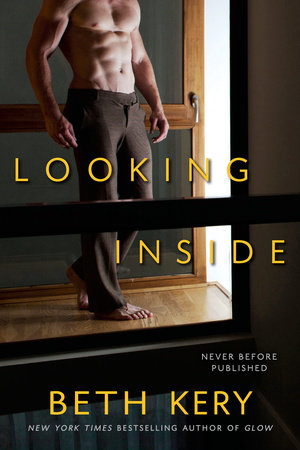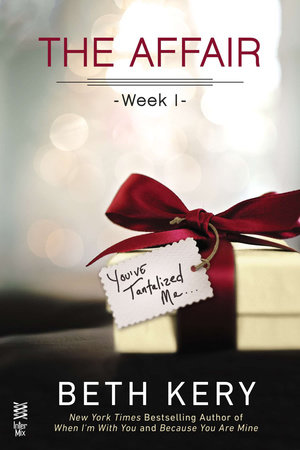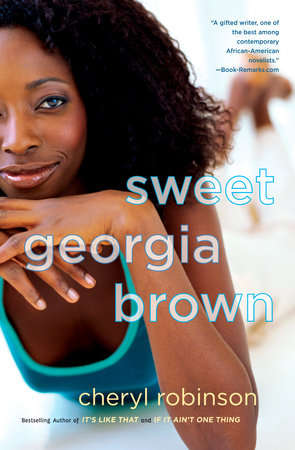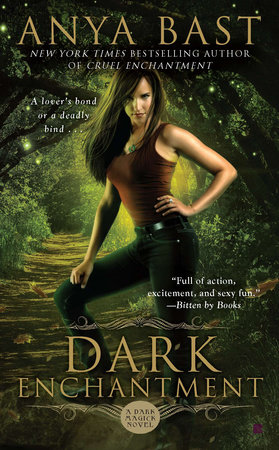Author Q&A
A Conversation with Yona Zelds McDonough
Q. How did this book come to be?
A. I don’t every feel that I decide, in an intellectual way, to write a book; I don¹t begin with an idea. I begin with a character. The character starts talking to me, telling me whatever it is he or she needs to say. There’s an urgency about this, and a heightened sense of attention. I feel like I need to listen, very hard, to that voice that’s talking, to hear what it is saying, to get it right.
Q. In a way, it sounds like you hear voices.
A. That is exactly what it’s like. When the writing is going well, I don’t even feel that I’m writing, I feel instead as if I am transcribing something that is being told to me. I am the conduit or the vessel, not the source. Of course, somewhere I do understand that I am the source; I’m not delusional in that way. But there is this curious sense of suspension, where I kind of know that but I still operate as if someone is talking to me. And someone is. My job is to listen to that person, listen and record what they are saying.
Q. Do you work with an outline? Do you know where the story is going?
A. Only in the most general way. I have an idea of how I think things will turn out, but sometimes, things don’t work out in quite the way I expect. If your writing is going well, the characters dictate the direction the story will take. They–not you–have the clearest sense of what needs to happen, and why. E. M. Forester once likened writing a novel as driving in a car, late at night, on a a dark, unfamiliar road. You know what’s directly in front of you and you know your general direction. But that’s about it. It¹s a beautiful simile. And it very aptly describes the process.
Q. Classical ballet is a major part of this story. What is your own personal history with the subject?
A. I was an aspiring dancer for many years. I started studying ballet when I was seven, and l stopped taking class when I was sixteen. First, I went to a ballet studio in Brooklyn, where I lived. I had a very gifted and encouraging teacher in those years; she directed me to classes in Manhattan. When I was twelve, I applied and was accepted to the School of American Ballet in New York City. This is the school that feeds the New York City Ballet company; it is one of the most competitive places in the country, if not the world. I don’t think I would have fared too well had I remained there; I was neither talented nor driven enough. But I didn¹t end up
attending class there for very long; instead, I found my way to another dance studio, one that no longer exists, on West 56th Street in Manhattan. For about five years, I attended classes there, first four days a week and then very quickly, six. In the summer, I might take two classes a day. The teacher, John Barker, had studied the Vagonova method in the Soviet Union, and he had a kind of fanatical way about the Russian method, which he considered superior to all others. He was a difficult, talented, even brilliant man. When I eventually left the studio and stopped dancing, he had still made his mark on me. It¹s the kind of training that, whether you become a professional or not, leaves its imprint. It¹s almost like a kind of religious training–it¹s that formative, that world-shaping.
Q. In what way?
A. Well, it asks so much of you, before you even have a chance to understand what it is you are sacrificing for it. In my case, this didn¹t turn out to be as much as some young dancers, who don¹t even graduate from high school, much less go to college. But I think it is wonderful, important training nonetheless: it gives you a sense of order and discipline, it teaches you to work hard and then harder. You are required to delay gratification in pursuit of your long term goals. These are lessons worth learning, whether you ever put on another pair of point shoes or not.
Q. Did writing this book help give you a sense of completion, or closure about that part of your life?
A. Yes it did. When I walked away from ballet, at sixteen, I had no real idea that I was giving it up for good. I thought I needed a break, that I would stop for a while and then resume dancing, either while I was in
college or perhaps taking a year or two off from my academic studies. I didn¹t understand how final my decision was. Even all this time later, I’ve still felt some residual sadness over that fact. Whenever I watch a great dancer perform, there is a part of me that wishes I could do that too. It¹s the one life I would have preferred over my own. But there is no second chance for a dancer. The moment you have is right then, when you¹re very young, and then not again. It¹s really over. Writing about dancer, however, is great consolation. On the page, it can happen again and again, any way you want.
Q. Did Ginny know that?
A. Absolutely. It¹s part of her drive, her ferocious nature. She knows how brief a dancer¹s professional life is. The demands ballet makes on the body are so rigorous. No dancer can withstand them for very long. The dancers in the corps de ballet, the ones who dance in every performance, sometimes twice a day, retire the soonest. Soloist and principal dancers who can space out their performances can last longer. But this is a given in that world. George Balanchine, who figures peripherally in this novel, was known to have told his dancers not to hold back, or to try to conserve themselves. There is no tomorrow in ballet. Everything is now.
Q. What about music? Do you have any formal training in that area?
A. Only the year or two I studied the piano as a girl. I stopped because my dance lessons seemed to take over and demand all of my time outside of school. Yet I¹m glad I had even that little bit of training. I think it
helped my dancing and enlarged my perspective. I see the music and the dance as interwoven; there is no dance without music. Or at least no dance that I¹m interested in watching. I love the way great dancing articulates the music to which it is set, and great music inspires the desire to dance. They are so intertwined.
Q. Why did you decide to use the alternating perspectives? Was it a challenge to write a novel in that way?
A. I really like the way the way any two people will interpret the same experience or events very differently. It as if you went to a party with a good friend and then the next day, you called to talk about your differing–perhaps vastly–impressions of the evening. All the nuances, all the subtleties that are open to widely divergent interpretation. That is all just so interesting to me. I wanted to explore that phenomenon in my novel. What Oscar thought of as so important, Ginny might have considered negligible. And Ruth might not have even known about it. We are all imprisoned–or cocooned–in our own small perspective. That¹s really all we can have. But a novel lets you play with that idea, lets you slip inside the minds of the different characters, hear their different inner voices. All those little strands taken together that make up the texture, the weave of experience.
Q. Can you talk a little bit more about the individual characters in the novel? Who they were and what they meant to you?
A. I think there is a way in which writers have to love their characters, even with their flaws and imperfections. I feel that way about mine. I know their weaknesses and their failings, and yet I still love them. I really am fond of Ruth, and would want her as my friend. Gabriel and Oscar are both weak in their ways, but have their strengths too. They change, I hope, and become better men than they were at the outset of the book. Ginny was perhaps the hardest for other people to like–I had rewrite many things about her to make her less objectionable. She was much worse in earlier drafts. But I felt I understood her well enough to forgive her. She was callow, not truly mean. And she does, by the end, come to some understanding of the harm she¹s inflicted. In some ways, she is my favorite character, not despite her flaws, but because of them.



























